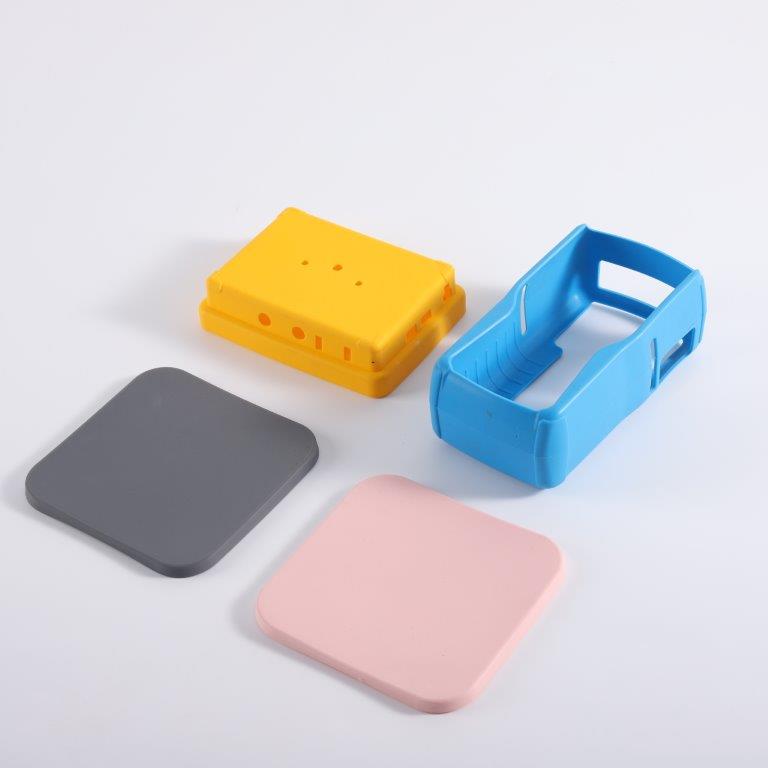This method can use sulfates or hydrochlorides of Fe 2 + and Fe 3 + . To pH7.5 ~ 10 containing alkaline cyanide waste solution was added iron ions, the solution can be in metal cyanide complex ions dissociate into metal ions and CN -. CN dissociation - generating and Fe 2 + Fe (CN) 6 4 -, Fe (CN) 6 4 - but also a small portion of heavy metal ions from the solution and out of Cu, Pb, Zn, Ni generating Me 2 Fe (CN) 6·xH 2 O coprecipitation. In addition to Fe 3 + and CN - generated precipitate was similar, but may also generate Fe (OH) 3 precipitate. Most of the dissociated heavy metal ions such as Cu, Pb, Zn, and Ni are hydrolyzed to form hydroxide precipitates. Solution SCN - also generate Me (SCN) 2 and precipitate heavy metal ions. Due to the complexity of the reaction process, the iron ions are added in different conditions will be the CN - generate different blue sparingly soluble ferricyanide compound. For convenience, this blue precipitate is collectively referred to as "Prussian" or "Prussian blue". After the solution treated with iron ions, the residual amount of total cyanide can be reduced to 2-10 mg ∕L NaCN, which are mainly ZnCN 2 and its complex. The Homes Gold Mine is a step of adding a step of FeSO 4 or introducing SO 2 to a cyanide-containing waste liquid while adding Na 2 SO 3 to cause two reactions. That is, on the one hand, a ferrocyanide precipitate is formed, and Na 2 SO 3 participates in the reaction to decompose cyanide into ammonia, carbon dioxide and water. Precipitation with Fe 2 + has also been widely used in the former Soviet Union. Later studies have found that this precipitation of ferrocyanide, which has always been considered extremely difficult to dissolve, can decompose by itself under natural conditions and cause secondary pollution. This may be the reason why this method has not been widely used in cyanide plants. JT Woodcock's cyanide plant waste treatment process is applied to a percolation leaching cyanide plant and a stirred leaching cyanide plant in Victoria, Australia. In these two plants using different cyanidation methods, the practice of the Australian gold mining company Morning Star GMA diafiltration cyanide plant waste liquid treatment is outlined below. The main components of the waste liquid discharged from the factory are (%): free NaCN0.049, total NaCN0.212, CaO0.038, KCNS0.028, Zn0.084, Fe0.013, Cu0.003, pH 10.7. The processing operation is performed in a container having a capacity of 3,800 liters, and 3000 to 3,400 liters of the used waste liquid is recycled each time. After adding about 9 kg of water-soluble ferrous sulfate, the solution was circulated for about 30 minutes, and a bleaching slurry was added while circulating. Pause, with potassium iodide starch paper (with a gold - silver electrodes or other electrodes used to determine the extent of change in redox potential) amount of the excess free chlorine test. The pH of the solution should be kept at around 10 during the process, and lime adjustment can be added if necessary. After adding sodium thiosulfate solution to remove excess chlorine, the pH was adjusted to less than 9 by adding sulfuric acid. The solution is then stopped and a small amount of brown sludge formed is precipitated. The treated waste liquid contains free cyanide ions equivalent to (2 to 11) x 10 - 6 HCN. This solution was filtered through a jute-filled filter and discharged into a river having a minimum flow rate of 680 L ∕ min at a flow rate of 0.5 L per minute. The filtered sludge is collected together, and after being treated for 3 to 4 batches, it is dried and buried. Compression molding is a manufacturing process that uses a cavity half and a core half of a mold to form material into a specific shape created by the two mold halves. Compression molds vary depending on the material being compressed and the dictates of the type of mold required.
Typically, a compression mold is mounted in a vertical press (unlike the horizontal presses that are prevalent in the Injection Molding process). Compression molding often requires that the [charge" of material be loaded into the mold, either manually or automatically, prior to the mold halves closing.
we ever did many compression silicon parts , the hardness from 30shore A till 80shore A, colors can be customized whatever you want, we can do the compound color for you. Several free samples for the review before the overall demand running to ensure everything is clear and aligned to go. Please contact us for the professional suggestions, we have been in this field for more than 15years. thanks.
Compression Molding,Compression Forming,Rubber Compression Molding,Compression Moulding Process Suzhou FCE precision electronics Co., LTD , https://www.fukeyifcesz.com
